Insomnia is long-term dissatisfaction with the quality and quantity of sleep, and frequently causes worry or fear, which creates a vicious psychological circle. Western medicine attributes insomnia to disorders of the sleep-wake regulatory mechanism, and to psychological and social factors. Clinically, the manifestations are mainly difficulty falling asleep, tendency to awaken after falling asleep and early wakening, all of which reduce the duration of sleep. Lack of sleep can lead to reduced memory and ability to work or study.
In TCM, Insomnia is attributed to unbalanced emotions, improper diet, chronic disease, deficiency due to old age or weak constitution, and heart deficiency with timidity. There two main disease mechanisms are yin-yang disharmonies of the zang-fu organs and dysfunction of the Yin Qiao Mai (Yin Heel Vessel) and Yang Qiao Mai (Yang Heel Vessel). Disharmony of the organs, qi and blood can lead to malnourishment or disharmony of the heart spirit. In this case, yang does not enter yin and yin does not embrace yang, resulting in the failure of the spirit to stay in its abode. Likewise, if the Yang Qiao Mai is in excess, the Yin Qiao Mai will be unable to control it. If yin fails to control yang, the patient will be unable to sleep.
Clinical manifestations of Insomnia
- In mild cases, the patient has difficulty falling asleep or is liable to wake up and have difficulty falling back asleep. In serious cases, the patient lies awake all night.
- There may also be headaches, dizziness, palpitations, forgetfulness, and profuse dreams.
5 Acupuncture points for Insomnia
The basic therapeutic principles are to calm the mind and promote sleep. Acupoints are chosen based on the following principles: the heart governs the mind; the brain houses the original spirit; the Du Mai (Governing Vessel) enters the brain and is called the brain vessel; the Yin Qiao Mai (Yin Heel Vessel) and Yang Qiao Mai (Yang Heel Vessel) govern the opening and closing of the eyes; exuberant yang qi leads to insomnia and exuberant yin qi leads to sleepiness; stomach disharmony leads to restless sleep.
1. GV 20 Acupoint (Baihui)

Location: On the head 5 cun above the midpoint of the frontal hairline, or at the midpoint of the line connecting the apexes of the ears.
Effect: Nourishes and calms the mind.
2. BL 15 Acupoint (Xinshu)

Location: On the back 1.5 cun lateral to the posterior midline, level with the lower border of the spinous process of the fifth thoracic vertebrae.
Effect: Supplements and quiets the heart, calm the mind.
3. GV 9 Acupoint (Zhiyang)
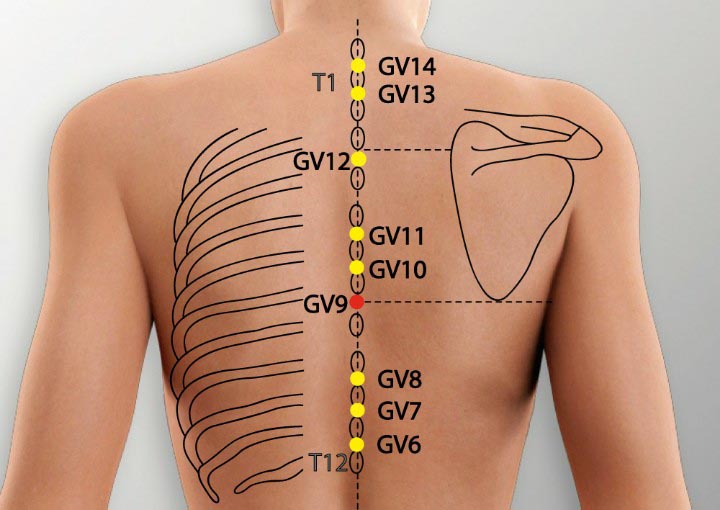
Location: On the posterior midline in the depression below the spinous process of the seventh thoracic vertebra.
Effect: Supplements yang, unblocks the Du Mai, quiets the heart, and calms the mind.
4. CV 8 Acupoint (Shenque)
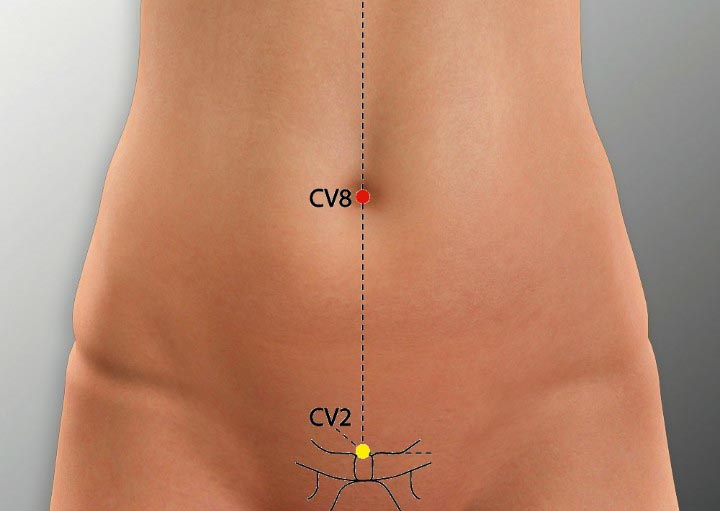
Location: In the center of the umbilicus.
Effect: Supplements original qi, nourishes the mind.
5. KI 1 Acupoint (Yong Quan)
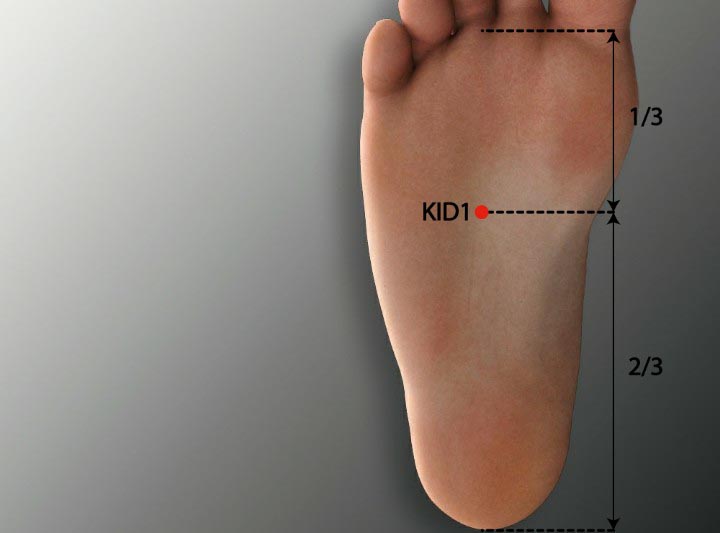
Location: On the sole of the foot, the depression formed when the foot is plantar flexed, about one-third of the way along the line connecting the base of the second and third toes with the heel.
Effect: Discharges heat, nourishes yin, and calms the mind.
Moxibustion treatment methods
- Single-point mild moxibustion on GV 20. The patient should feel the heat penetrate deeply into the brain or expand along the Governing Vessel to the forehead or neck. GV 20 is an intersecting point of Governing Vessel and Bladder meridian, and can nourish and tranquilize the mind.
- Double-point mild moxibustion on BL 15. The patient should feel the heat penetrate deeply into the chest or transmit to the upper limbs. BL 15 is where the heart qi and blood gather at the back, and thus can supplement and quiet the heart, and calm the mind.
- Single-point mild moxibustion on GV 9. The patient should feel the heat penetrate deeply into the thorax, flow along the Governing Vessel or expand over the back. Located on the Governing Vessel, GV 9 can supplement yang, unblock the Governing Vessel, quiet the heart and calm the mind.
- Single-point mild moxibustion on CV 8. The patient should feel the heat penetrate into the abdominal cavity. Located on the Conception Vessel, CV 8 is an important acupoint to supplement the original qi.
- Single-point mild moxibustion on KI 1. The patient usually feels penetrating or expanding heat. The jing-well point of the Kidney meridian, KI 1 can discharge heat, nourish yin and calm the mind.
Treat once a day, choosing two groups of the above acupoints each time. Ten treatments make a treatment course. Give two or three courses total, with two to five days in between for rest.
Conclusion
Moxibustion can help calm and stabilize the mind, and thus is often effective in treating insomnia. This method is without side effects, but its effect in hypnotic-dependent patients is not very good.
Patients should be advised to form good sleeping habits and keep a regular schedule. Bathing the feet in warm water before going to bed, not eating much in the evening, and avoiding tea and coffee before going to sleep can all be helpful.

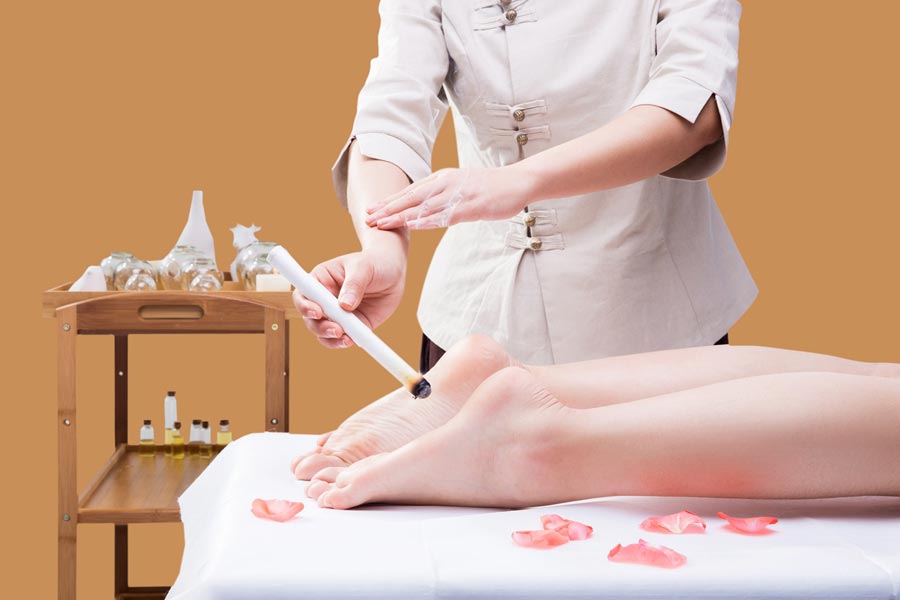
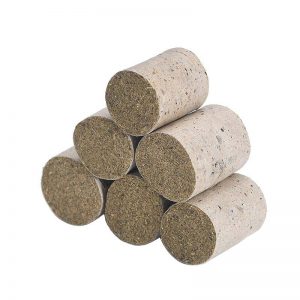
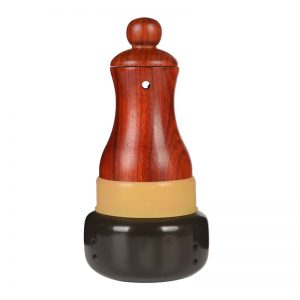
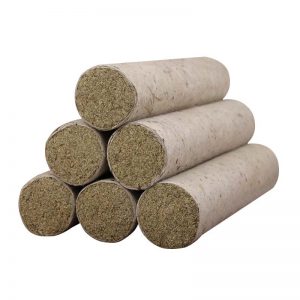
how fast the effect of moxibustion on feet to take effect?
Hi, Grace,
The effect varies for each person, but generally, you will start to feel some signs of improvement in 3 to 5 days.